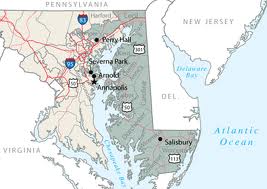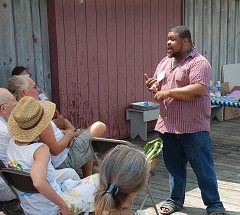I think that the most important divide in America is not between red states and blue states or conservatives and liberals; rather, the most important divide starts in early childhood and grows with each passing year until it is an almost unbridgeable chasm: it is the huge divide between readers and non-readers. Certainly not every good reader is a successful person and not every poor reader is a failure, but individuals who become good readers in childhood have almost unbounded opportunities for higher education, varied careers, and personal fulfillment.
Consider these facts compiled by Scholastic:
Students who don’t read proficiently by third grade are four times more likely to leave school without a diploma when compared to proficient readers. Teachers say that in grades K-3, children learn to read, but after third grade, they read to learn.
Only one-third of all students entering high school are proficient in reading – only about 15 percent of African American students, and 17 percent of Hispanic students.
More than 80% of prison inmates are high school dropouts and a very high proportion of them cannot read.
Fifty percent of American adults cannot read an eighth-grade level book.
Among adults at the lowest level of literacy proficiency, 43% live in poverty. Among adults with strong literacy skills, only 4% live in poverty.
Forecasters have predicted that if static literacy levels continue, then by 2030 the entire literacy level distribution of the U.S. population will have decreased, creating an American workforce that is unequipped and unskilled to work in the demanding global market.
And then there is this fact that provides hope and a pathway to literacy for all: Even fifteen minutes a day of independent reading can expose students to more than a million words of text in a year… If a child reads as much as one million words per year, he or she will be in the top 2% of all children on standardized tests.
I think that it should be our goal in Kent County for all children to read on grade level all the way through high school. The school day is already packed, so it is up to parents and community volunteers to see to it that all children are reading a minimum of fifteen minutes a day outside of school. This means persuading parents to read to their babies and preschool children for at least
fifteen minutes every day. This means finding community volunteers who will help struggling readers who are identified by teachers. This means finding ways to help reading compete successfully with electronic gadgets. This means developing a real summer reading program. This means a cooperative, collaborative effort between the schools, the library, churches,
parents, and children.
There will be a meeting of Kent County residents who are seriously interested in improving reading outcomes on Tuesday, November 13, from 4-5 PM at Garnett Elementary School. If you think that we can take reading seriously in our little corner of the world, please come and bring your ideas.









